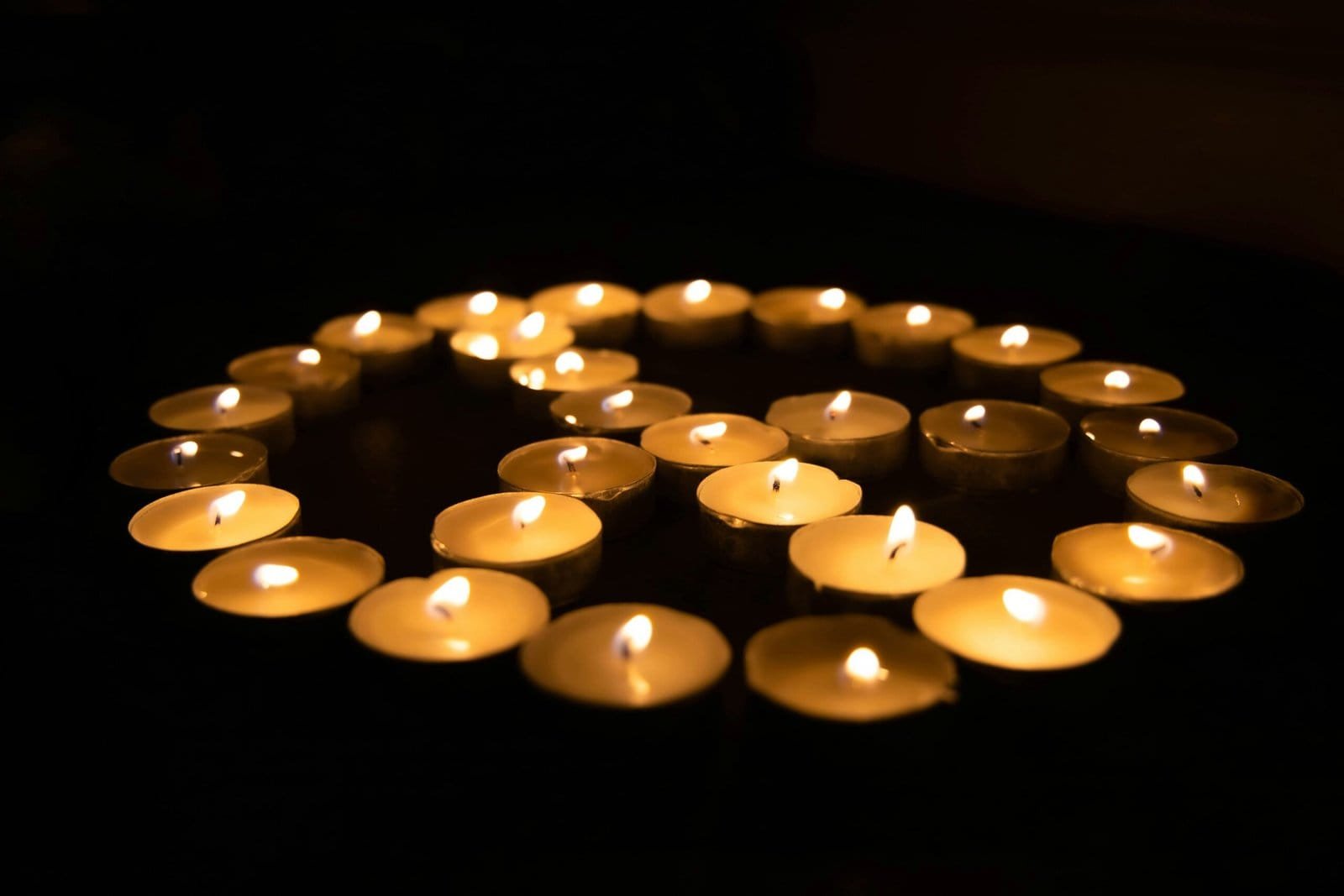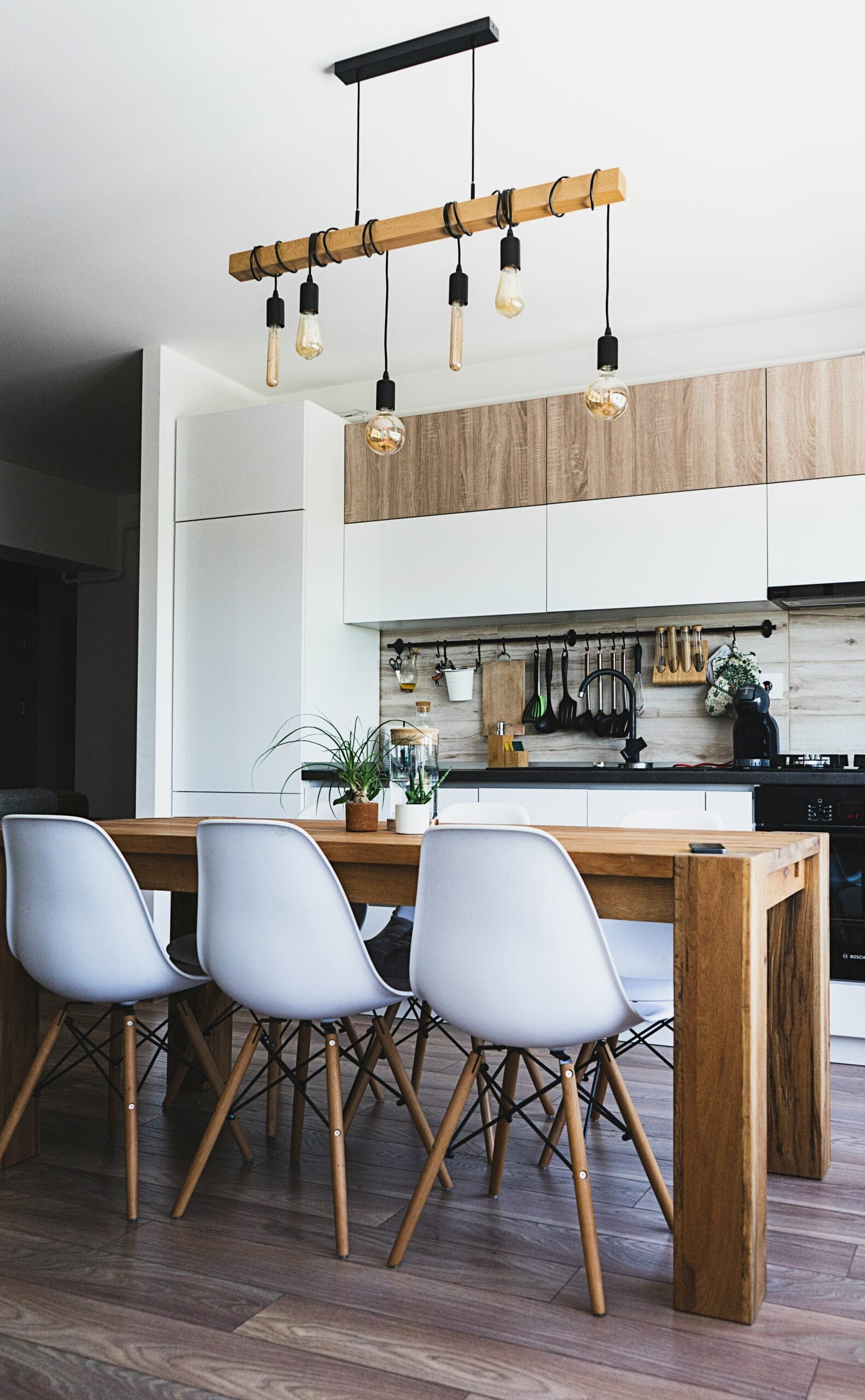Candles can create a warm and inviting atmosphere in our homes, but safety must come first. This comprehensive guide provides essential tips on how to enjoy candles safely, including proper placement, maintenance, and extinguishing methods. Discover how to avoid common pitfalls like leaving candles unattended or placing them near flammable objects. Learn safe practices to protect your loved ones and property from potential fire hazards while still enjoying the beauty and ambiance that candles bring. Follow these tips to ensure a safer candle experience in your home.
Introduction: Why Candle Safety Matters
Candles have long held a cherished place in our homes, acting as a source of light, fragrance, and warmth that creates an inviting atmosphere. From soothing lavender scents during a quiet evening to vibrant holiday-themed candles that evoke memories of gatherings, their appeal is undeniable. The flickering flame and accompanying glow can transform an ordinary space into a cozy retreat. However, the beauty and serenity they provide come with associated risks that necessitate caution. It is crucial to recognize that improper candle usage can lead to significant safety hazards, including fire threats that can endanger lives and property.

In recent years, statistics reveal a worrying trend: candle-related fires are responsible for thousands of incidents each year, resulting in injuries and even fatalities. These incidents often stem from simple oversights, such as leaving a burning candle unattended, positioning it too close to flammable materials, or utilizing damaged candles. Moreover, personal anecdotes reinforce these statistics, with numerous individuals recounting near-miss experiences that underscore the fragility of safety in everyday rituals involving candles. Such shared experiences can serve as both a wake-up call and a reminder about the importance of creating a safe environment when enjoying our favorite wax creations.
Please, read our post and do not forget to check our YouTube channel “Grig Stamate”:
https://www.youtube.com/@GrigStamate
You will find there, thousands of designing, furnishing, and decorating ideas for your home interior and outdoors.
Allow me to mention three of them:
Lovely English COUNTRY Style Interiors [Decorating with Faded Beauty, #2] (video)
Charming FRENCH COUNTRY Style Interiors [Decorating with Faded Beauty] (video)
Soft Neutral LIVING ROOMS – Designing and Decorating Ideas (video)
By prioritizing candle safety, we can continue to enjoy the ambiance candles bring while mitigating the risks. Understanding best practices for candle usage not only enhances enjoyment but also ensures the well-being of ourselves and those around us. As we explore essential candle safety tips in the following sections, let us collectively embrace the joy of candles while remaining vigilant in safeguarding our loved ones and homes from potential hazards.
Tip 1: Always Choose the Right Surface
Ensuring that candles are placed on the correct surface is paramount for safety. Candles should always be placed on a stable, heat-resistant surface to prevent accidents and potential fire hazards. Many individuals may not realize the damage a simple oversight can cause. For instance, one may recall a friend who placed a candle atop a decorative cloth tablecloth. The heat generated from the candle ultimately scorched the fabric, leading to a small fire that could have easily been avoided. Such experiences underscore the vital role that a solid base plays in candle safety.
Equally important is the surface’s proximity to flammable materials. A wooden table, for example, requires careful consideration when hosting a candlelit dinner. While it is aesthetically pleasing, wood is inherently flammable; thus, placing a candle directly on it poses significant risks. Instead, use a large ceramic or metal plate underneath the candle, creating a barrier that not only serves as a protective layer but also enhances the display’s visual appeal.
When selecting a suitable location for candles, it’s beneficial to reflect on past experiences. Have you ever placed a candle where it could potentially be knocked over? Perhaps it was situated near the edge of a counter or an area with heavy foot traffic. Such positioning increases the risk of the candle toppling, leading to disastrous consequences. Opt instead for calmer spaces—a dining room or a sturdy shelf that is out of reach of pets and children. By being mindful of these aspects while enjoying the soothing ambiance, you mitigate risks and promote a safer environment.
Tip 2: Keep Candles Within Sight
One of the most critical guidelines for candle safety is to keep candles within sight at all times. When candles are left unattended, the risk of fire significantly increases, posing a threat not only to your home but also to the safety of everyone inside. Many individuals can recall moments when they became so engrossed in an activity—like a bathroom break or a movie marathon—that they momentarily forgot about the lit candles. Such lapses in attention can have disastrous consequences.
Consider a situation where a candle was lit during a relaxing bath. In the midst of enjoying the warm water and scented ambiance, it is easy to forget that the candle is still flickering nearby. The steam from the bath or splashes of water can inadvertently extinguish the flame, possibly pushing the candle closer to hazardous items such as a towel or bathroom decor that could easily ignite. Similarly, during a binge-watching session, you might light a candle to create a cozy atmosphere. The excitement of the show can draw your focus away from the candle, leaving it to burn unattended for hours.
This policy of never leaving candles unattended applies equally to all spaces within the home, including bedrooms, kitchens, and living areas. Encouragingly, simple steps can enhance safety. For instance, setting timers can serve as a reminder to check on burning candles. Alternatively, you can establish a habit of lighting candles only when you plan to remain in the room until extinguished. Engaging in these practices can help foster a culture of safety around candle usage, minimizing the risk of accidents.
Reflect on your previous experiences with candle-use dilemmas; understanding how easily distractions can lead to lapses in candle supervision may inspire you to adopt more vigilant habits. By keeping candles in sight and in mind, you contribute significantly to a safer environment for everyone.
Tip 3: Trim the Wick Properly
One of the most crucial aspects of candle maintenance that often goes overlooked is the appropriate trimming of the wick. A well-trimmed wick not only enhances the performance of the candle but also significantly contributes to safety. When a wick is too long, it can produce a larger flame, leading to excessive heat and soot. This accumulation of soot is not only unsightly but may also pose a fire hazard. Therefore, it is advisable to keep the wick trimmed to approximately 1/4 inch before each use.
Trimming the wick contributes to a cleaner and more controlled burn. It ensures that the candle flame remains stable, which minimizes the risk of flickering and excessive smoke. To effectively trim your wick, consider using specialized wick trimmers or a pair of scissors. These tools can provide a precise cut that will enhance the candle’s performance. Additionally, be aware of the candle’s material; some wicks may require different maintenance methods, particularly those that are crafted from wood or contain multiple strands.
To encourage better wick maintenance, consider incorporating a routine where you trim the wick each time before lighting. This simple act can make a significant difference in the overall experience. Are you currently maintaining your candles properly? In addition to enhancing safety, regular wick trimming can also extend the longevity of your candles, allowing you to enjoy their ambiance for a more extended period. By adhering to this practice, you can elevate your candle experience, ensuring that every burn is as enjoyable and safe as possible.
Tip 4: Use the Right Holder
When it comes to candle safety, selecting the appropriate candle holder is paramount. Candle holders are specifically designed to contain the wax and flame, thus minimizing the risk of fire. Opting for the right holder will not only enhance the aesthetic of your space but also play a crucial role in ensuring safety. There are several types of candle holders available, each serving a unique purpose and catering to various preferences.
For instance, glass holders offer a transparent and contemporary option that allows the flickering flame to shine through while containing any melt-down wax. Choosing tempered glass can provide extra durability, making it less likely to shatter under heat. Metal holders, meanwhile, reflect heat away from surfaces, offering an added layer of security. Furthermore, ceramic and stone holders can provide a rustic look while ensuring stability.
Moreover, it is essential to consider the size of the holder in relation to the candle. A holder that is too small can lead to overflowing wax, while an overly large holder may not contain the flame adequately, posing a fire hazard. Always ensure that your chosen holder provides a snug fit for the candle; ideally, there should be a tight enough grip that prevents it from tipping over yet allows for easy removal.
In addition to these practical considerations, the design of your candle holder can be an expression of your personal style. From sleek modern designs to intricate vintage options, the market offers numerous choices that can blend seamlessly with your interior décor. We invite our readers to share their favorite candle holders and the reasons behind their choices. By discussing these preferences, we create a community invested in both safety and beauty in candle use.
Tip 5: Keep Away from Flammable Objects
One of the most crucial safety tips for candle use is ensuring that candles are kept away from flammable objects. This includes materials such as curtains, paper products, and even decorative items made from fabric or wood. The risk of a candle igniting these materials can lead to disastrous consequences, transforming a cozy atmosphere into a dangerous scenario in mere moments.
Consider the story of one individual who decided to light a candle on their living room table, blissfully unaware that nearby was a stack of magazines teetering precariously close to the flame. Moments later, the flickering candle reached the edge of that stack, igniting the paper and creating a panic that led to a frantic dash for the fire extinguisher. Such anecdotes, while often laced with humor when recounted, serve to highlight the real dangers associated with negligence regarding flammable items and candles.
Another common scene involves candles placed on windowsills adorned with sheer curtains. The wind may cause the curtains to sway and come into contact with the candle flame, intensifying the risk of a fire. It is essential to maintain a safe distance between candles and any materials that could ignite easily. Maintaining this clear space is not just a recommendation but a necessary precaution for candle safety.
We encourage readers to reflect on their own experiences with candles and flammable items. Have you ever had a close call or witnessed a hazard in your home? Sharing such stories can serve as excellent reminders of why vigilance is required when using candles. With awareness and adherence to this safety tip, you can enjoy your candles without compromising your safety or the safety of your surroundings.
Tip 6: Be Mindful of Pets and Kids
When it comes to using candles, ensuring the safety of our little ones and furry friends is paramount. Children and pets are inherently curious beings, often drawn to the flickering light and captivating fragrance of burning candles. However, this curiosity can lead to accidents if we do not take appropriate precautions. It is essential to position candles out of reach, thereby minimizing the risk of accidents that could endanger your loved ones.
Consider the playful nature of a puppy, who might find a burning candle an intriguing object to investigate. A simple misstep could result in a disastrous scenario, with flames spreading to nearby fabrics or furniture. Similarly, children possess a natural inquisitiveness, often exploring their environment with little regard for potential dangers. A candle placed on a low table could easily become a target for a toddler’s adventurous spirit, leading to spills and burns. These heartwarming anecdotes point to the imperative need for vigilance when it comes to candle placement.
To enhance safety, adopting a few practical strategies can be beneficial. First, always choose elevated surfaces for candle placement, such as high shelves or mantels, where they are less likely to be accidentally knocked over or reached by small hands. Additionally, consider using candle holders that are heavy and stable, which can effectively reduce the risk of tipping. Incorporating battery-operated LED candles as a safe alternative can also be a wise choice, particularly in households with young children and pets.
As candle enthusiasts, what unique strategies have you implemented to protect your little ones and pets from candle-related accidents? Sharing these tips can foster a community of safety-conscious individuals, ensuring that everyone enjoys the warm ambiance of candles without compromising on safety.
Tip 7: Extinguish Properly
Properly extinguishing candles is a critical aspect of candle safety that often receives insufficient attention. Many individuals may instinctively blow out a candle to extinguish the flame; however, this method can lead to unintended consequences. Blowing forcefully can scatter melted wax or cause hot soot to disperse, creating a potential hazard in the immediate surroundings. This practice can also ignite nearby flammable materials, leading to dangerous situations.
Instead of blowing out a candle, it is advisable to use a candle snuffer. This tool allows for a safe and effective extinguishing method, minimizing the risk of debris scattering. A candle snuffer works by depriving the flame of oxygen, thus extinguishing it safely without creating a mess. Additionally, for those who prefer a more hands-on approach, dipping the wick into the melted wax with a tool can prevent smoke and odor associated with extinguishing. This method helps to ensure that the wick is primed for a clean re-lighting the next time the candle is used, thus improving the overall longevity and safety of the candle.
Engaging stories about mishaps from improper extinguishing techniques abound. Many individuals recount instances where blowing out a candle resulted in wax flying onto furniture or even igniting other items. Such stories serve as cautionary tales, showcasing the importance of adopting safe extinguishing methods. Readers are encouraged to reflect on their own experiences when extinguishing candles, particularly any challenges they may have encountered. By sharing these stories, a community can form around candle safety, aiding in spreading awareness and encouraging better practices. Learning from each other’s experiences not only promotes safety but can also foster lively discussions within the realm of candle enthusiasts.
Conclusion: Making Candle Safety a Priority
Candles have long been cherished for their ability to create a warm and inviting atmosphere within our spaces. However, it is essential to acknowledge that this delightful source of ambiance can present significant risks if not handled properly. As we have outlined in the previous sections, practicing candle safety is not merely an option; it is a necessity for anyone who enjoys the soothing glow and fragrant properties of candles. From never leaving a burning candle unattended to ensuring proper placement away from flammable materials, these precautions serve to protect not only our homes but also our loved ones.
Continuing to prioritize safety when using candles necessitates a proactive approach. It is vital to share insights on safe candle practices with family and friends, thus fostering a culture of awareness surrounding potential fire hazards. By doing so, we can inspire others to adopt similar safety measures and ensure that the joy of candles does not come at the cost of safety. Encouraging conversations about candle safety can lead to greater mindfulness when it comes to their use, ultimately leading to a more relaxed and enjoyable environment.
When we take the necessary steps to incorporate these essential candle safety practices into our routines, we can enjoy the myriad benefits that candles offer without the associated risks. As we conclude this discussion on candle safety, let us reflect on how simple but effective adjustments can profoundly impact our overall experience. By balancing our love for candles with responsible behavior, we can continue to cherish their beauty and fragrance in our lives while keeping safety as our top priority.
Other related posts from our website:
https://howtobuildahouseblog.com/how-these-trendy-sofa-colors-can-transform-a-space/
https://howtobuildahouseblog.com/how-many-colors-should-you-have-in-a-room/
https://howtobuildahouseblog.com/5-good-reasons-to-decorate-with-fabric-curtains/
Thank you so much for your attention.
Stay tuned. We will upload many other amazing posts to our website and videos onto our YouTube channel.
Thank you so much.
for your time and attention.
Best Regards
See you at another post,
Bye, Bye


